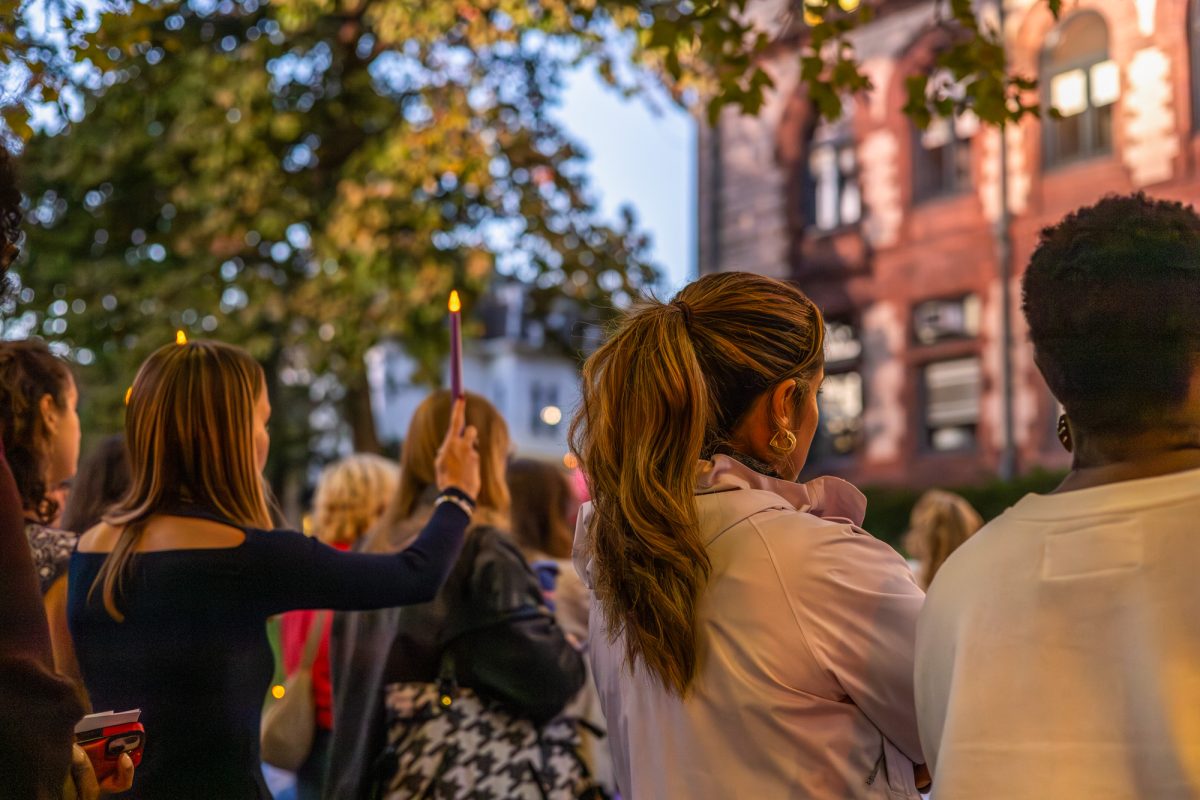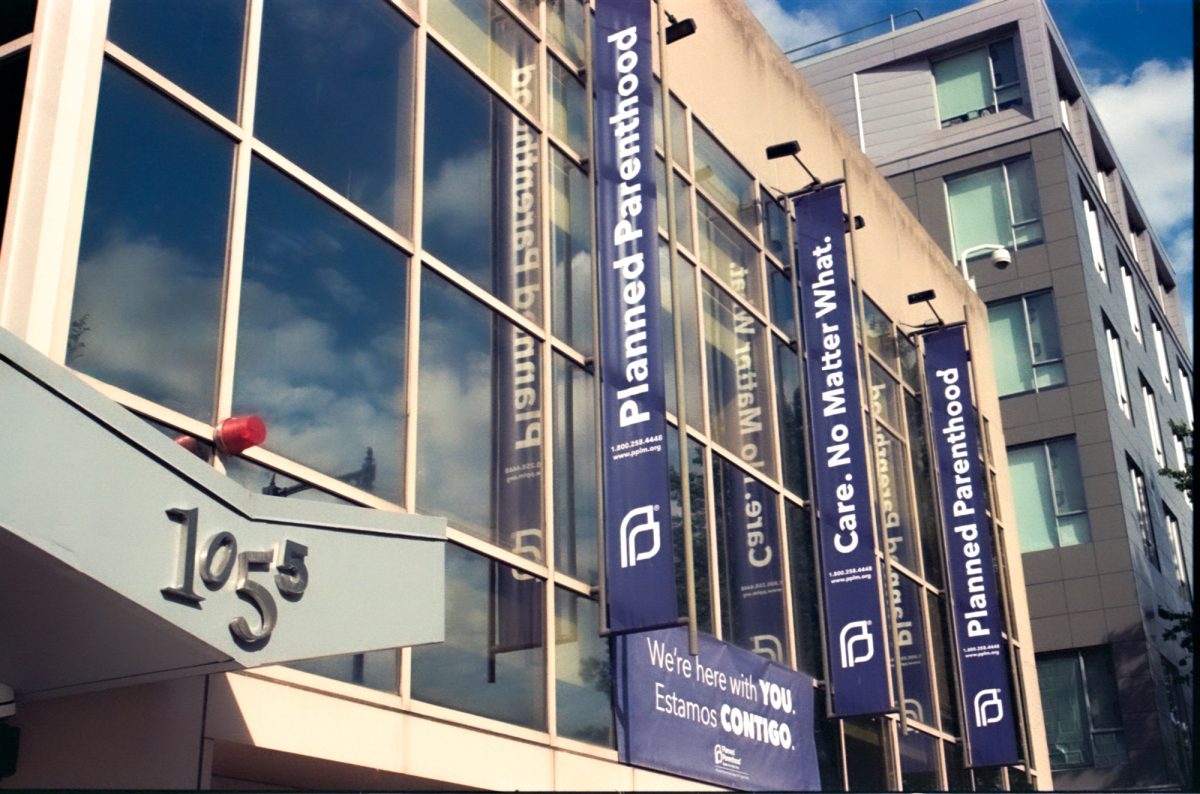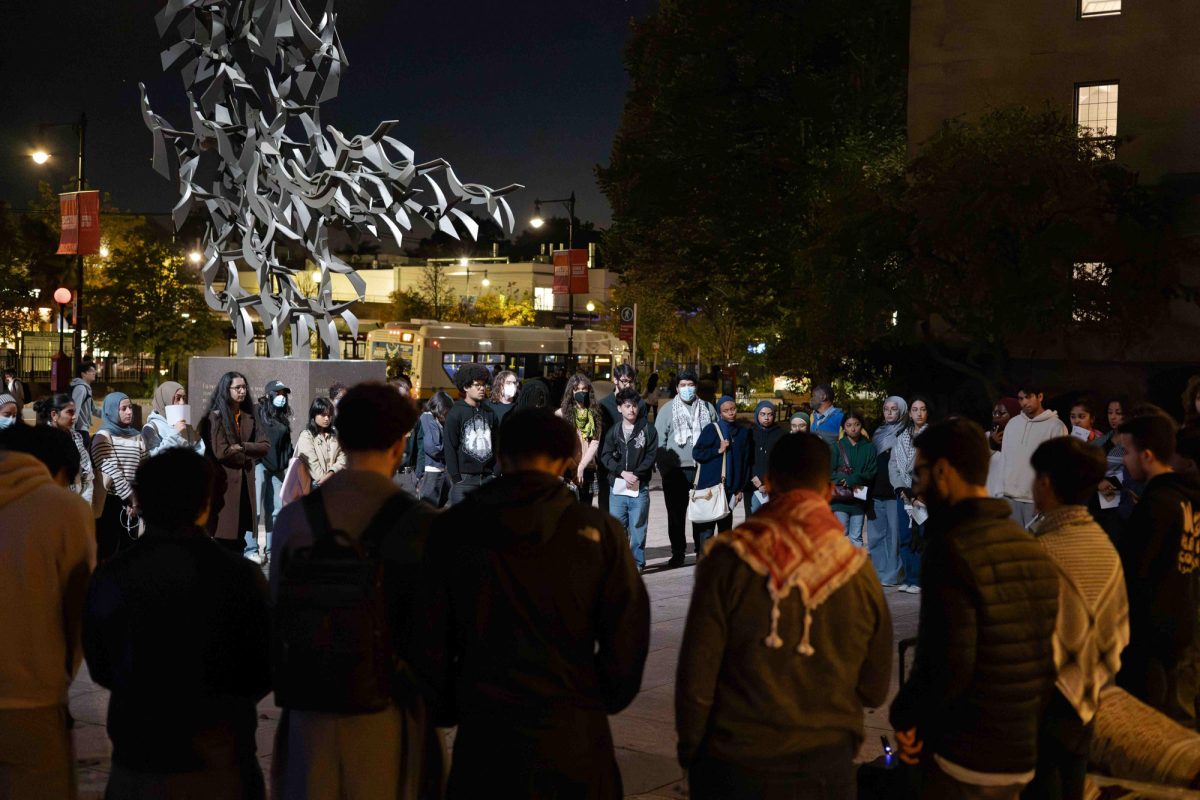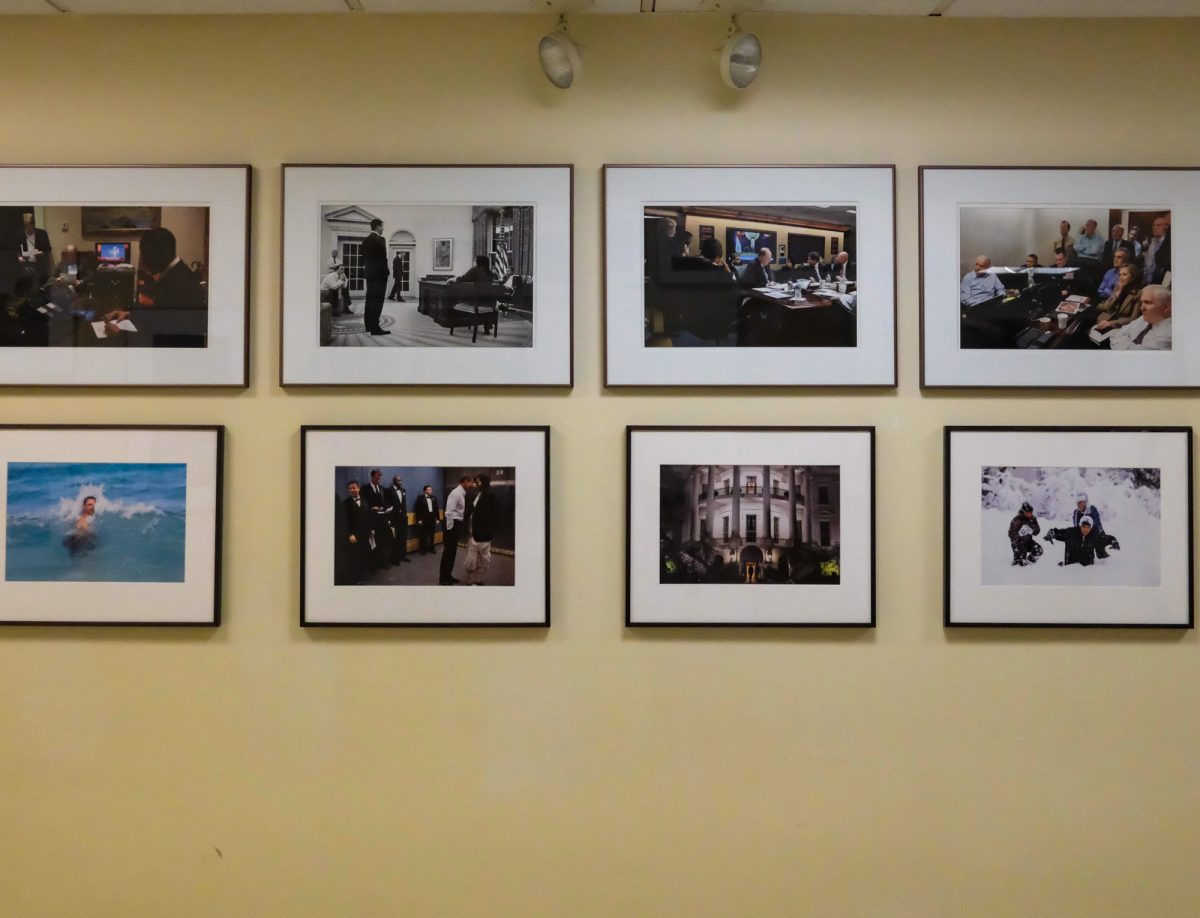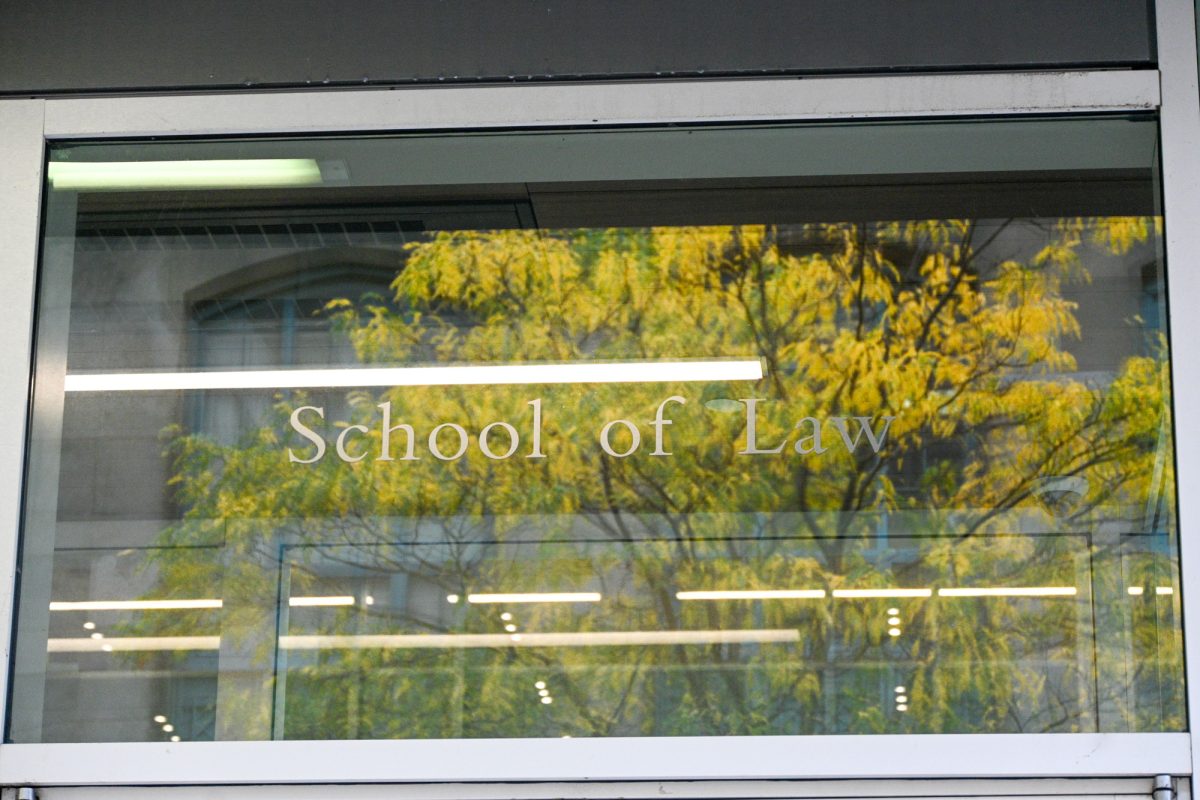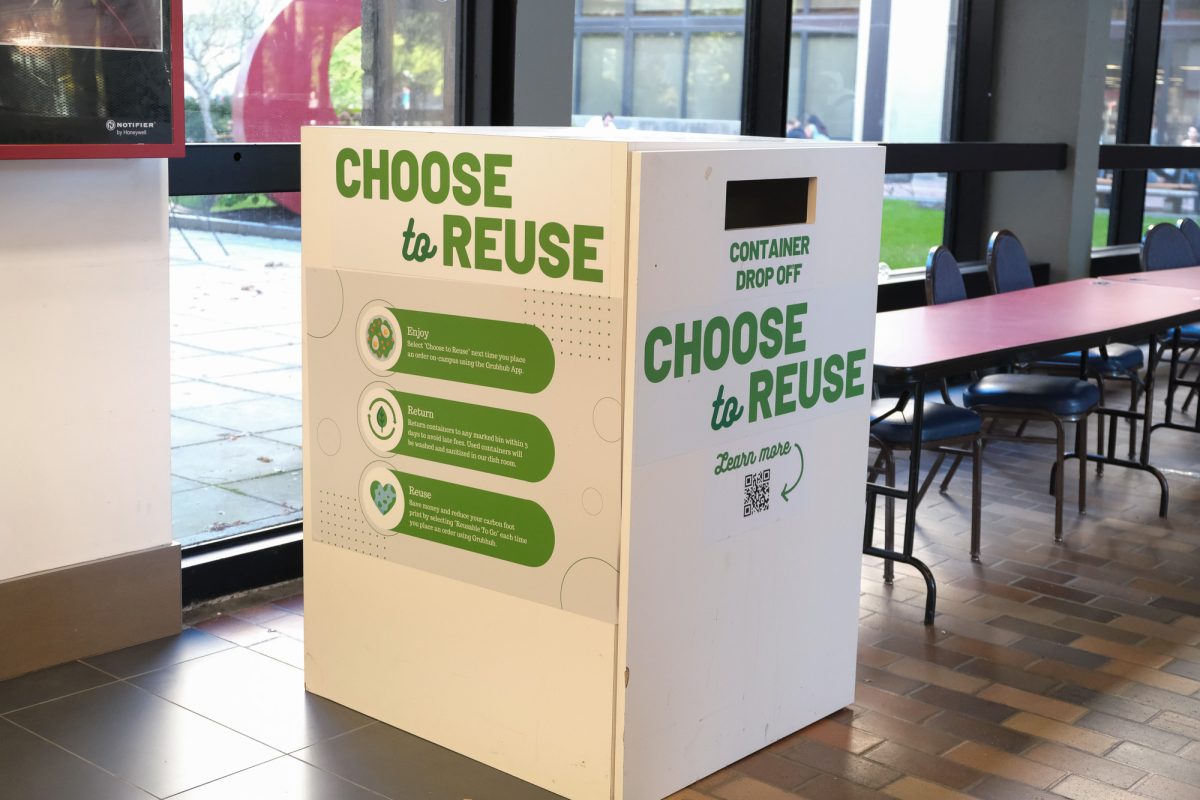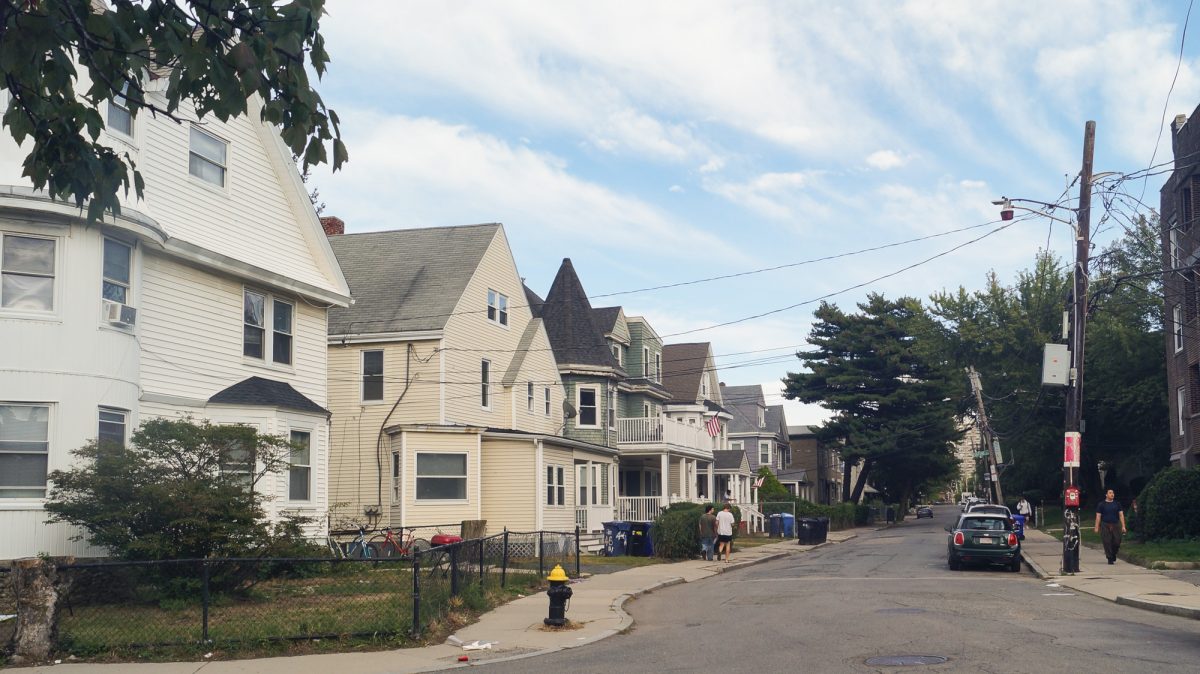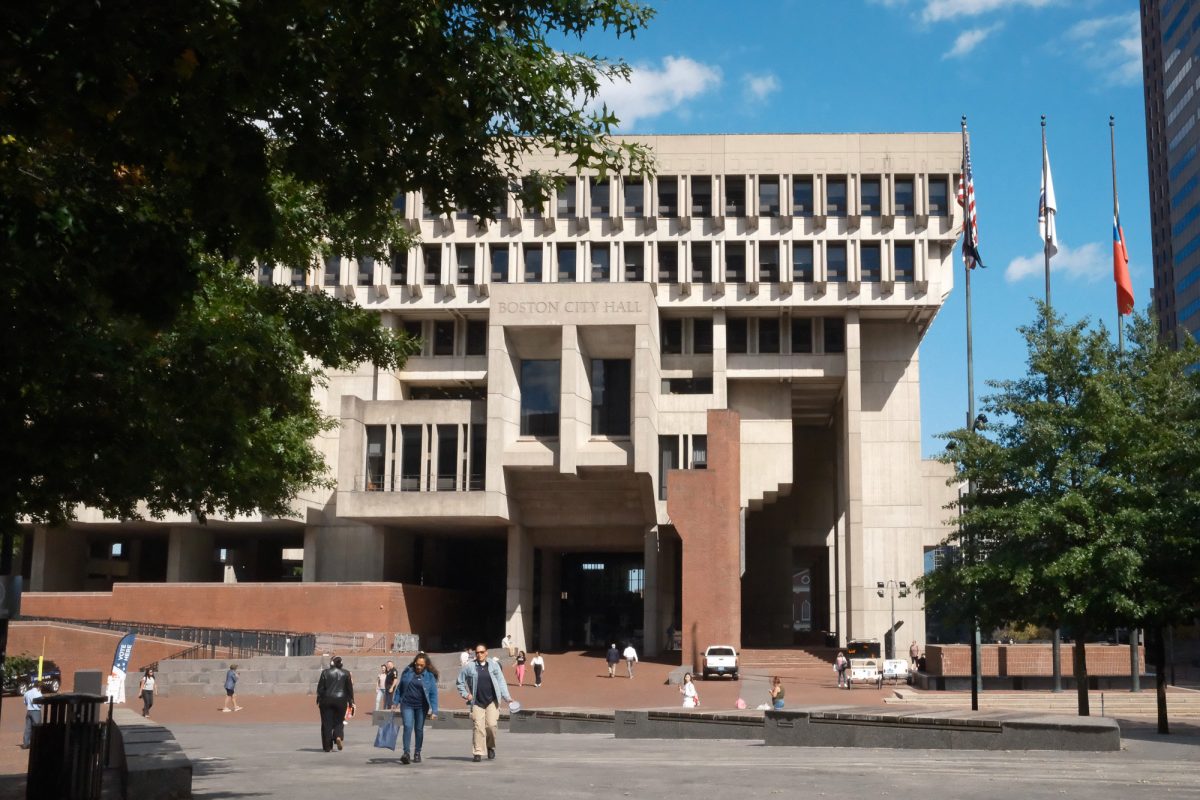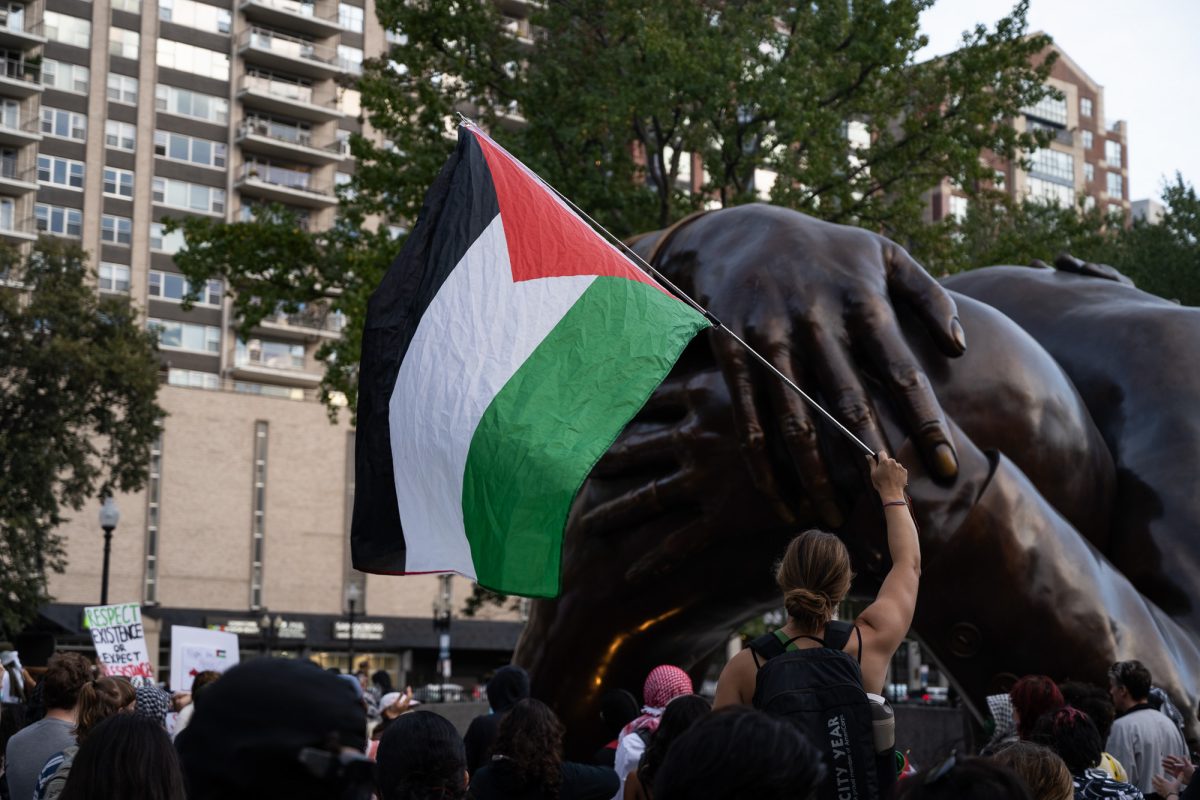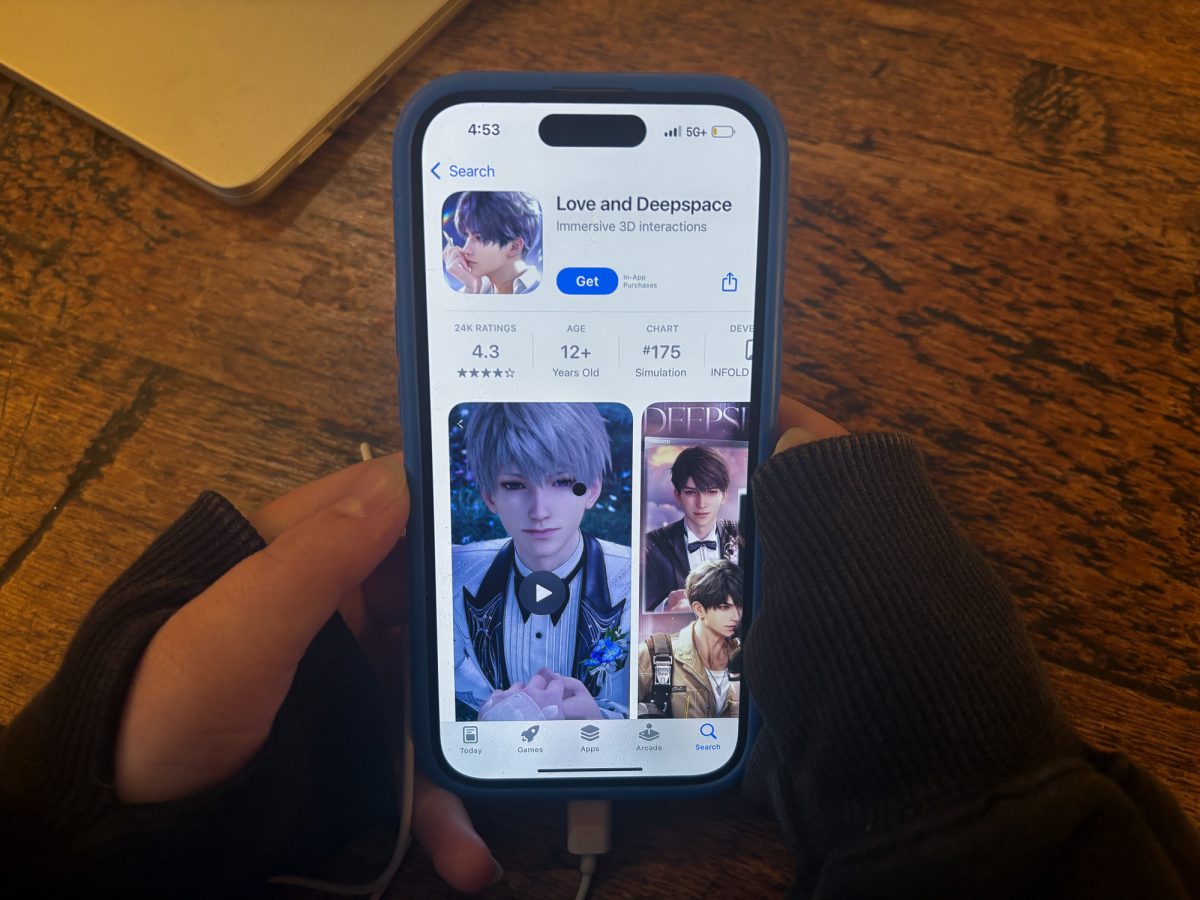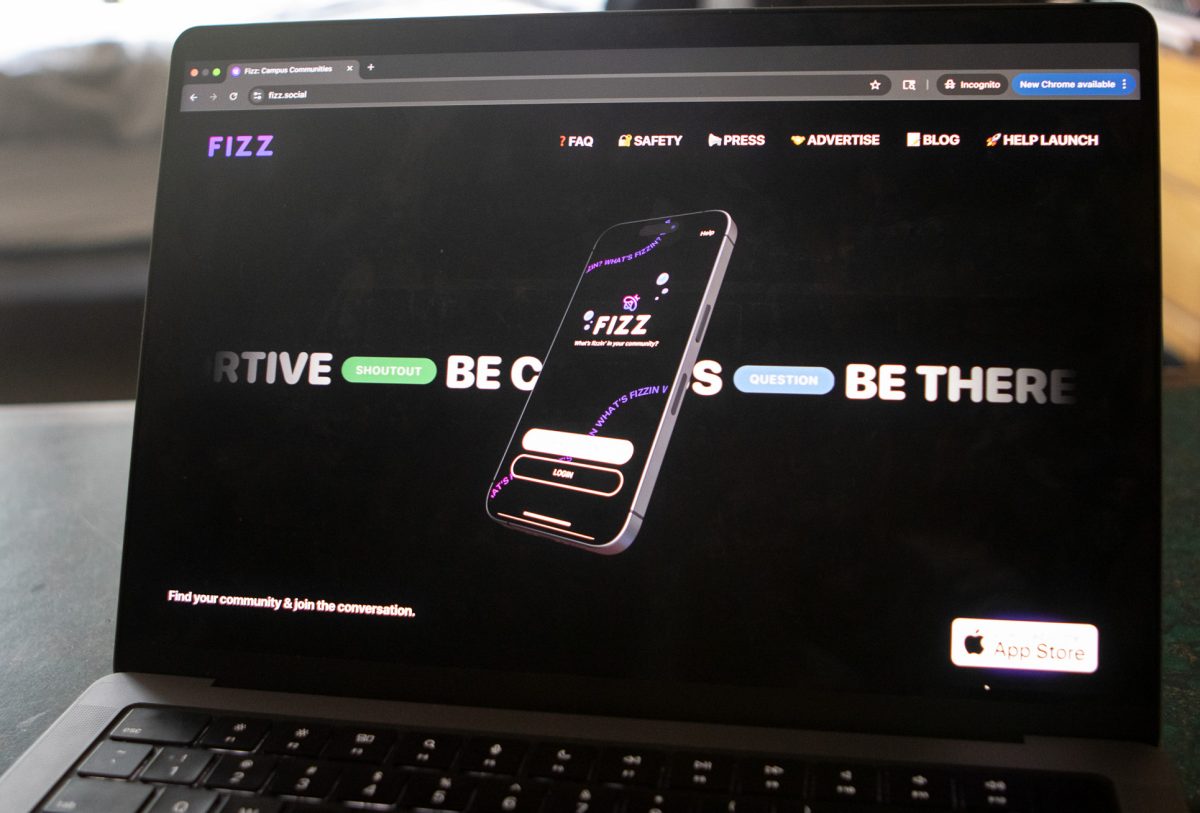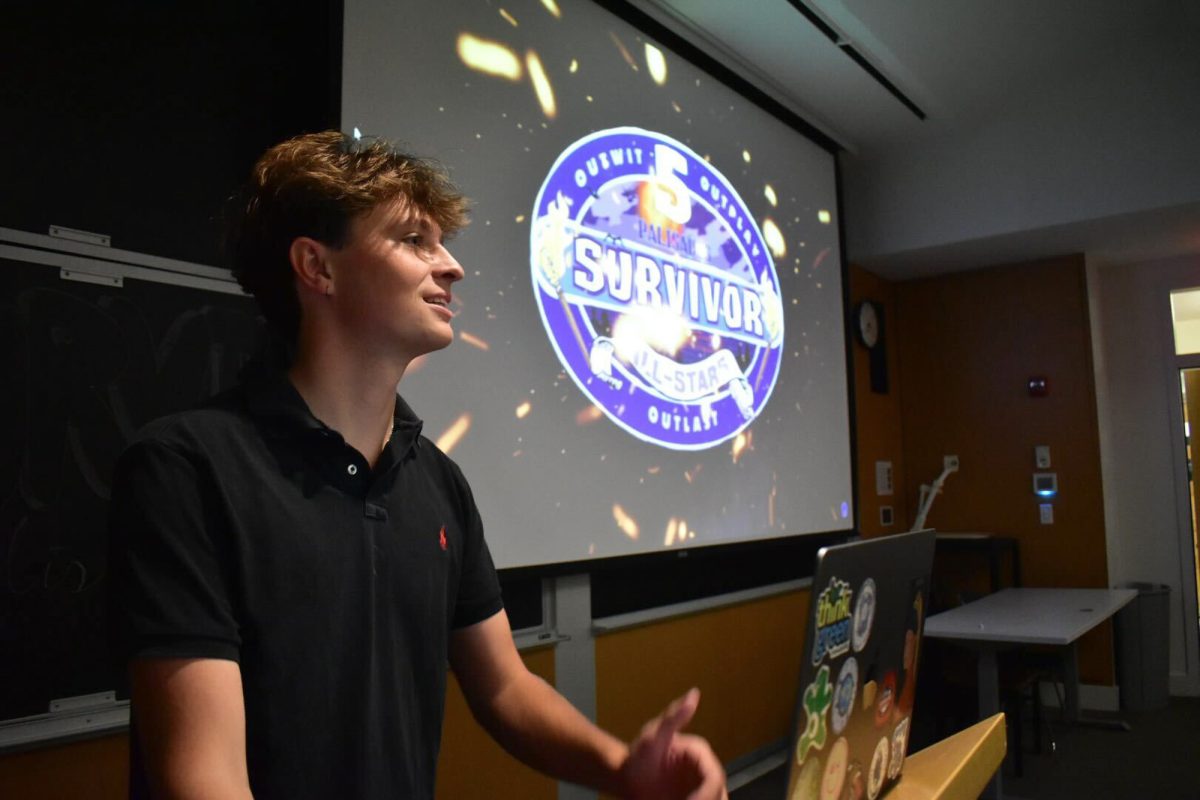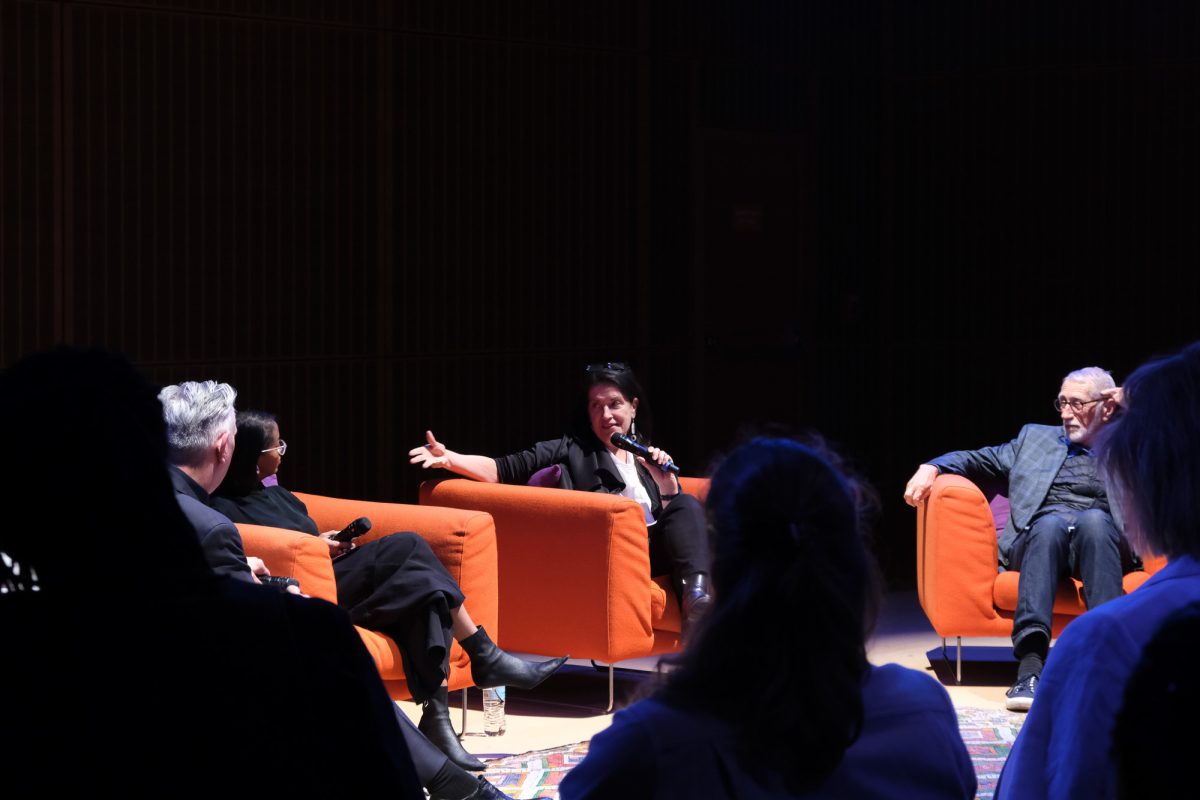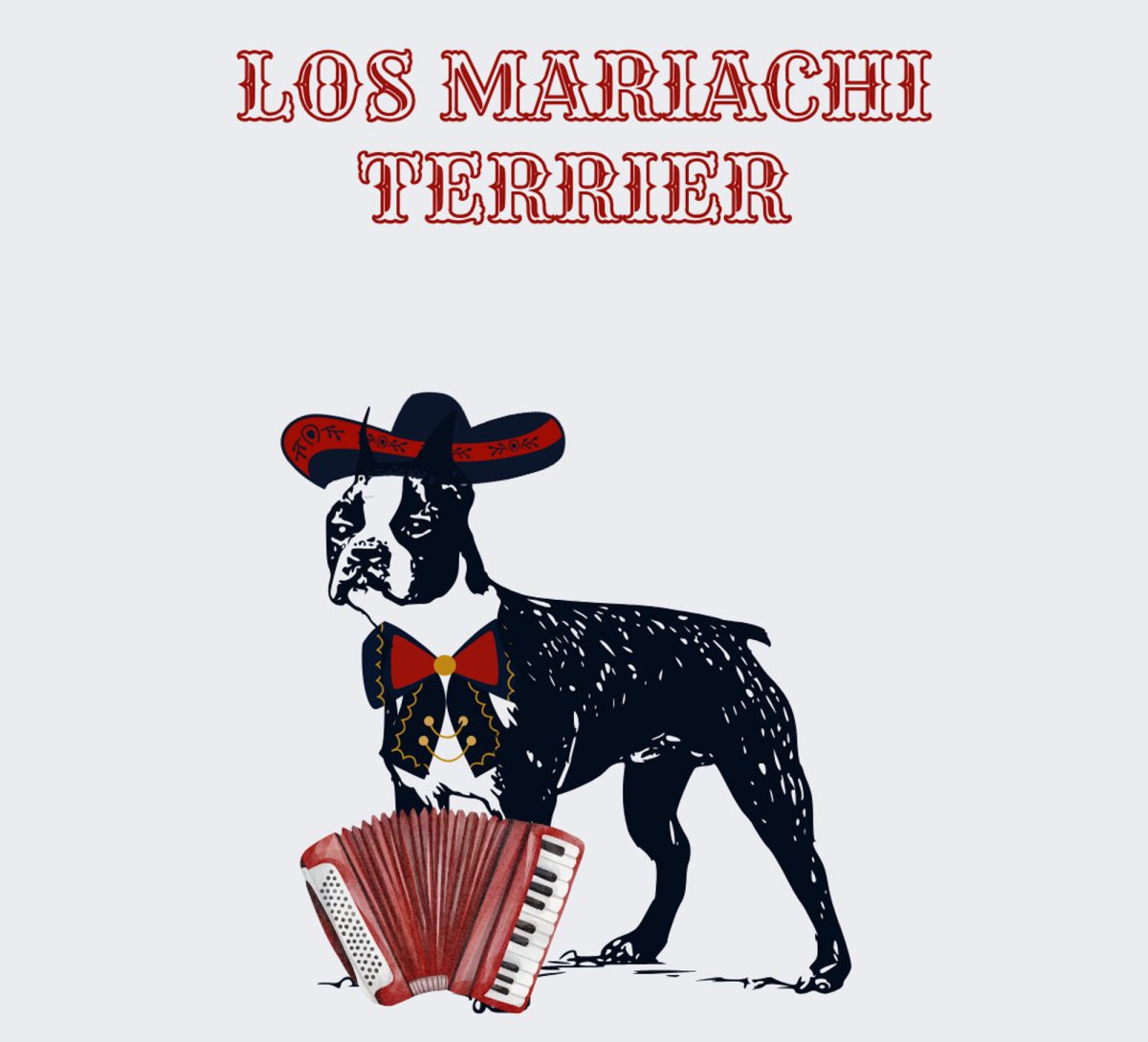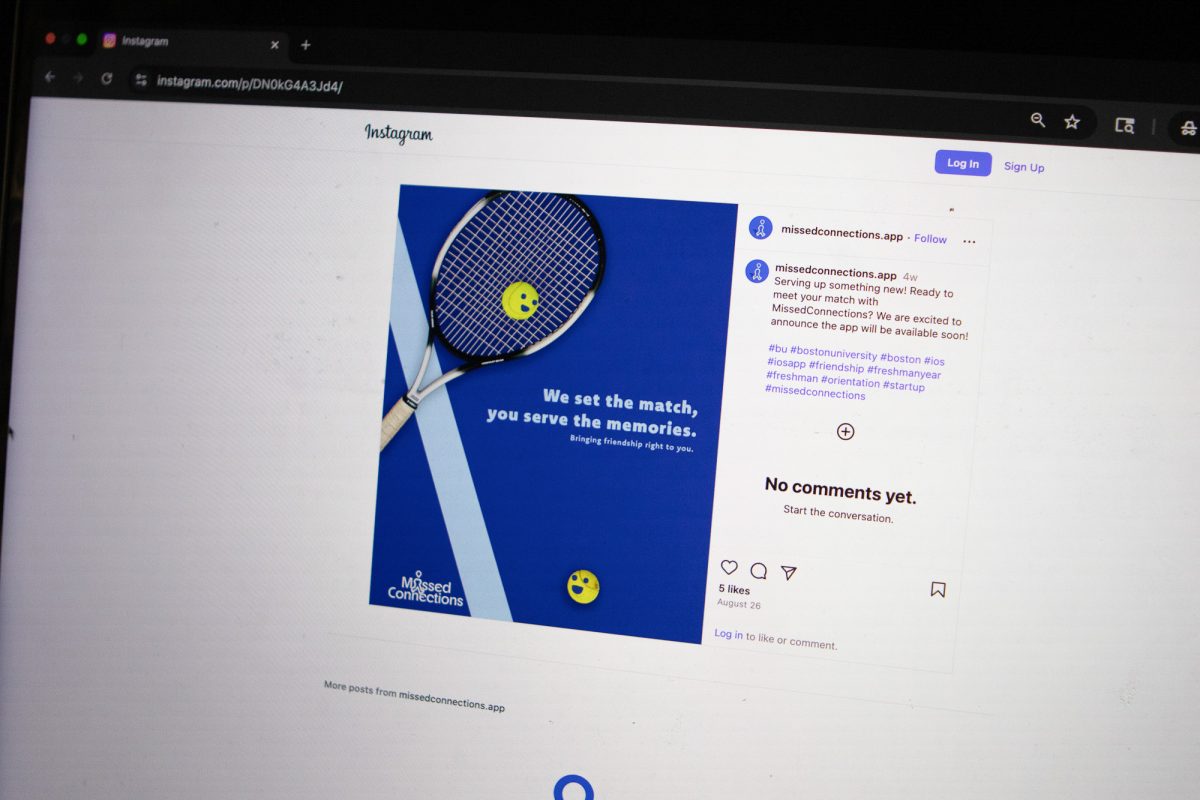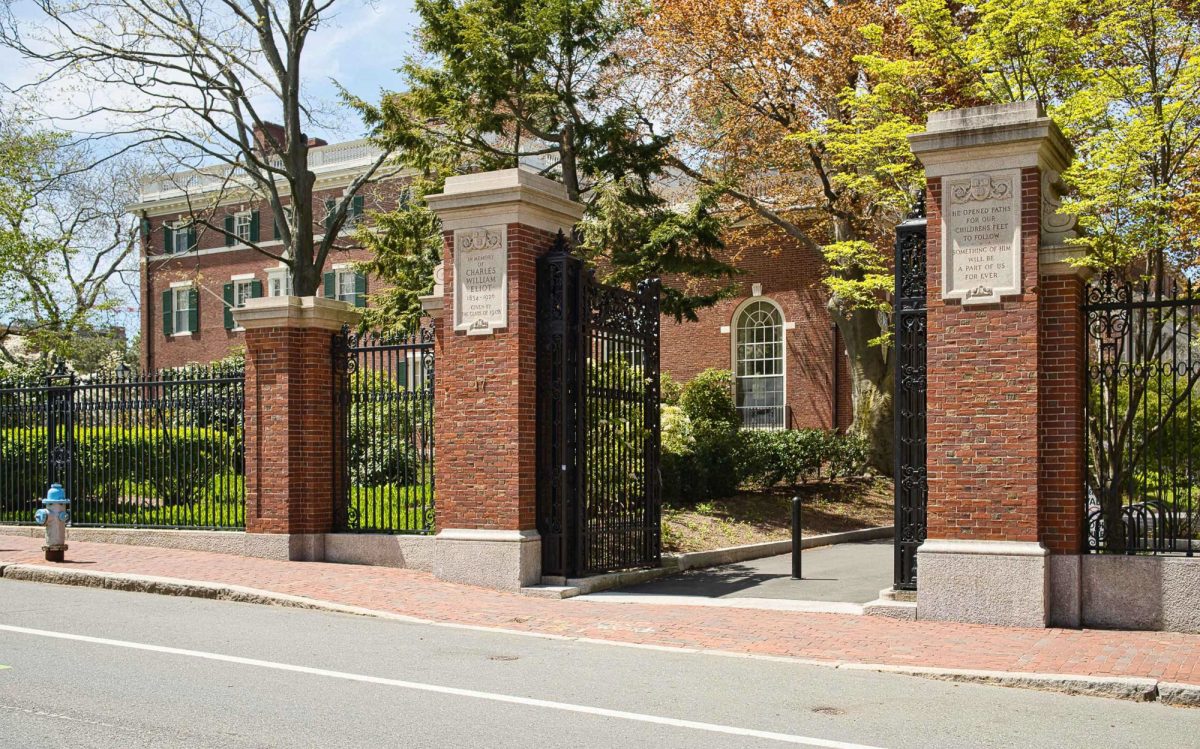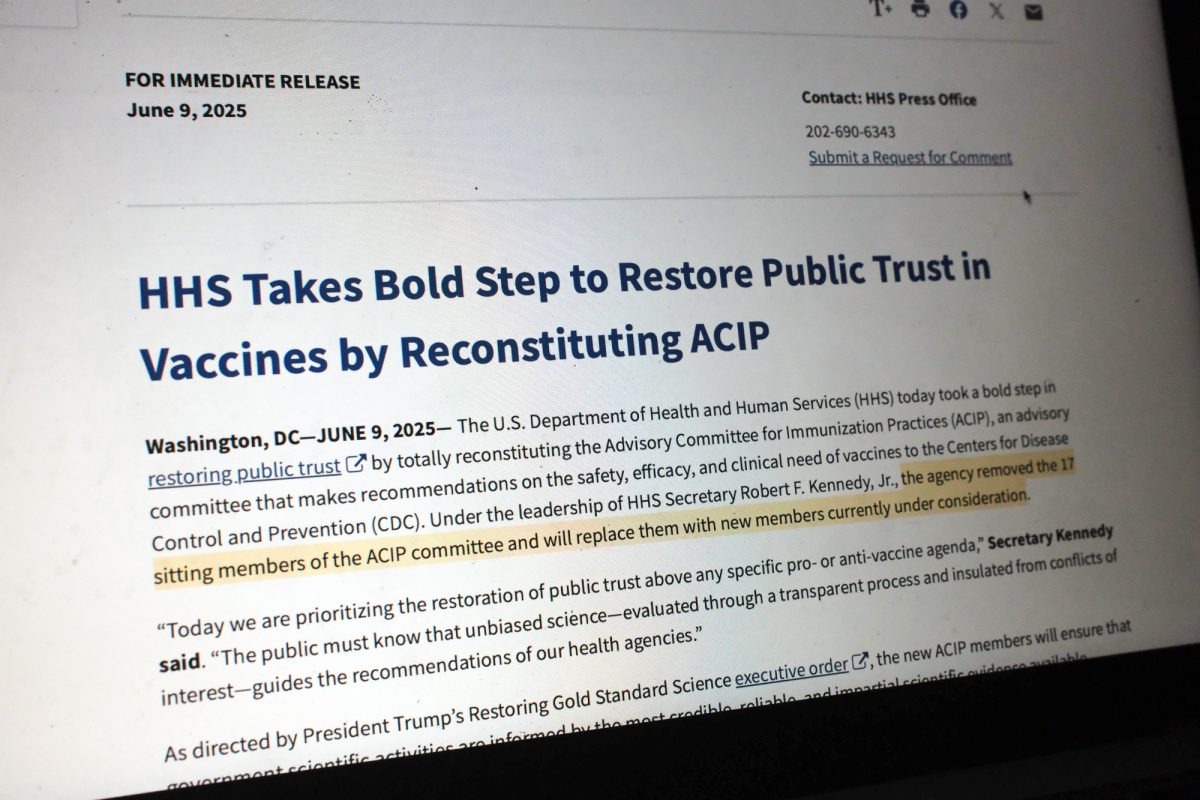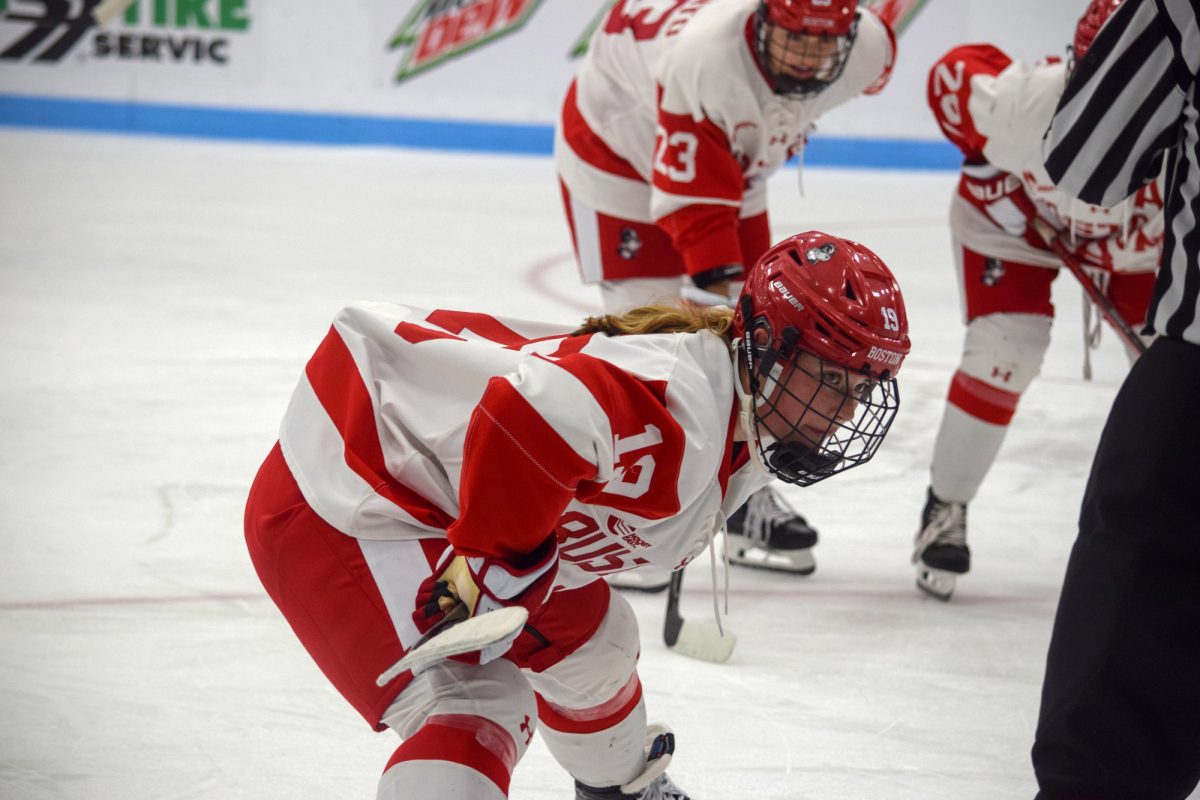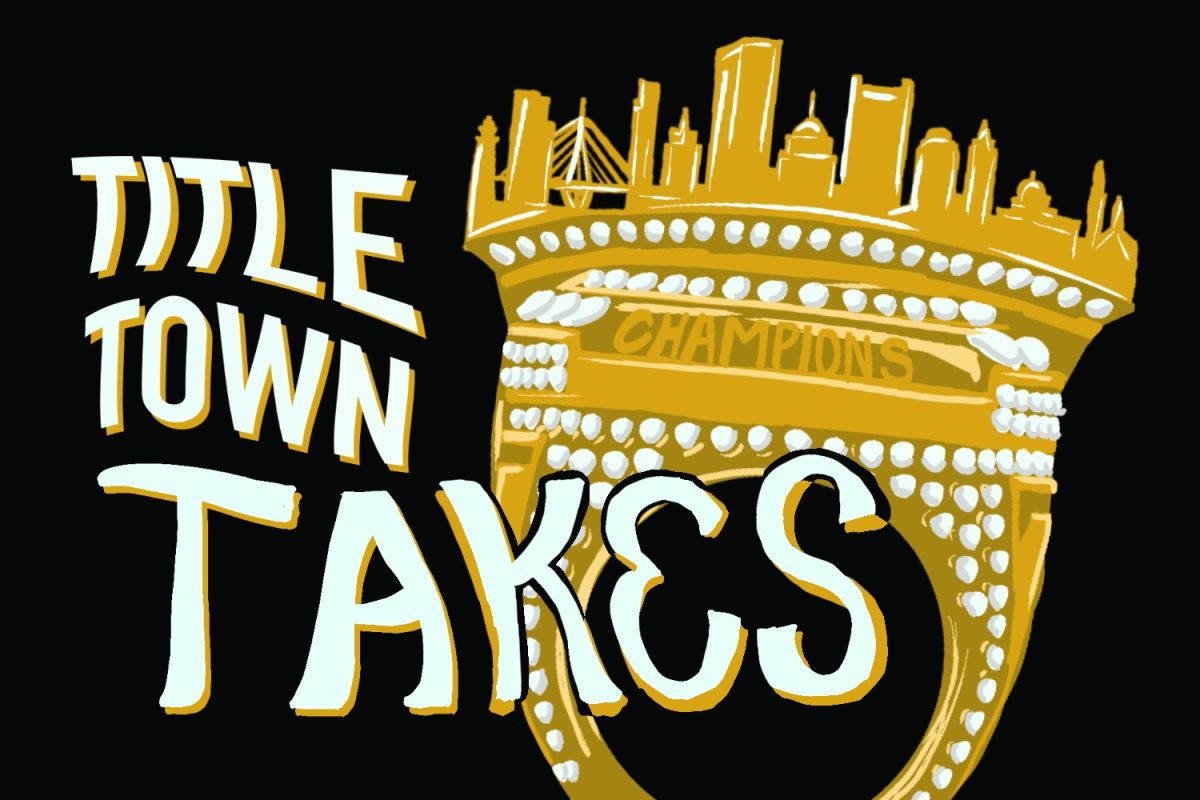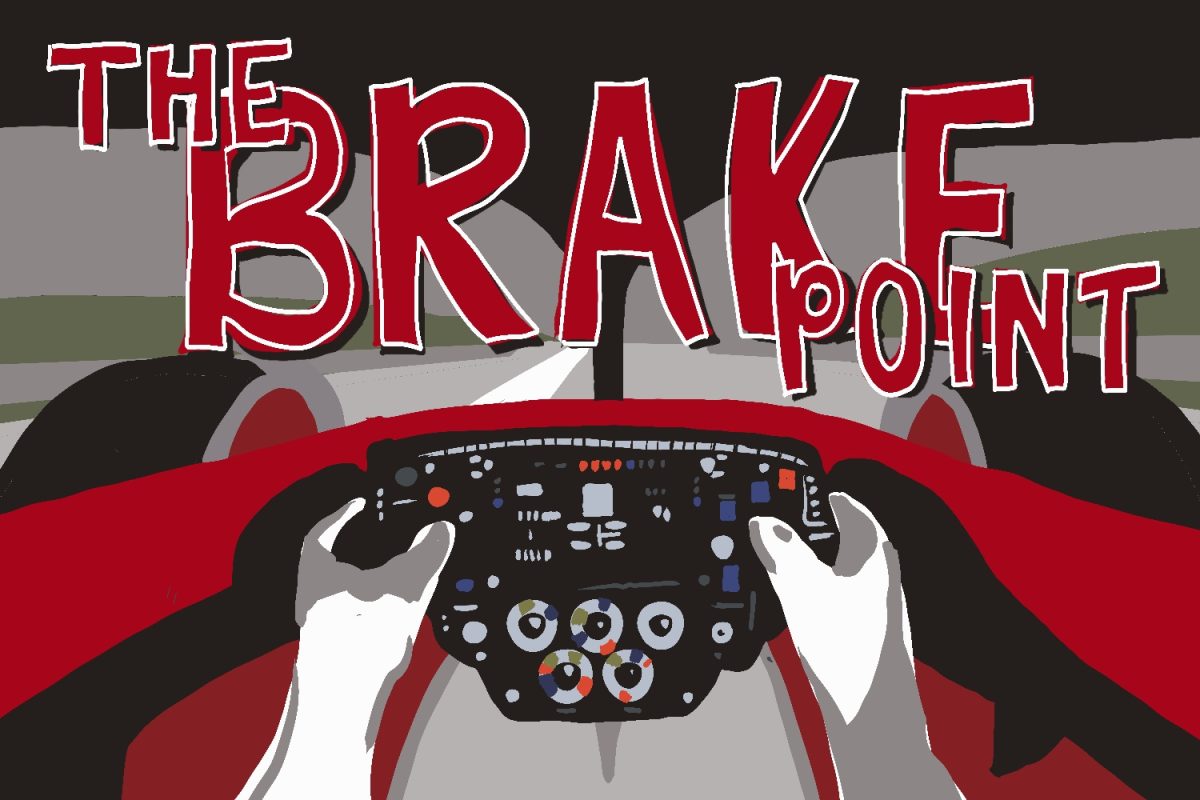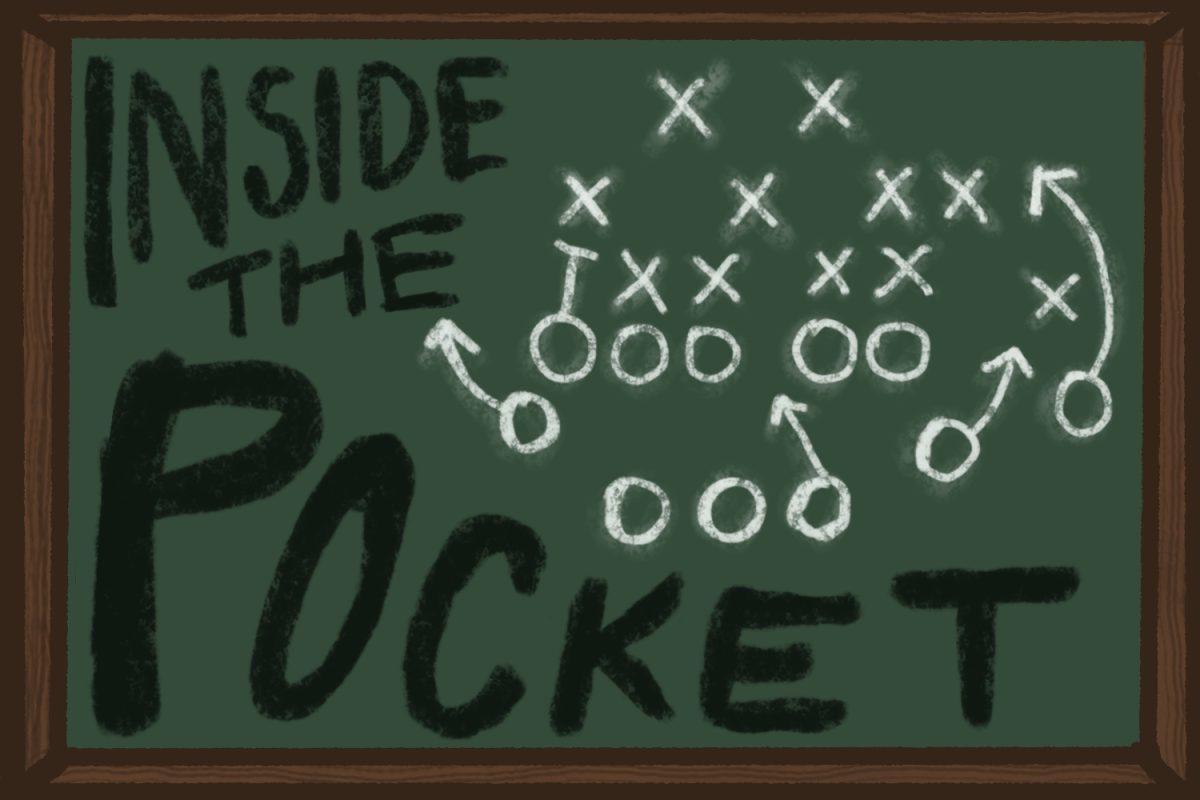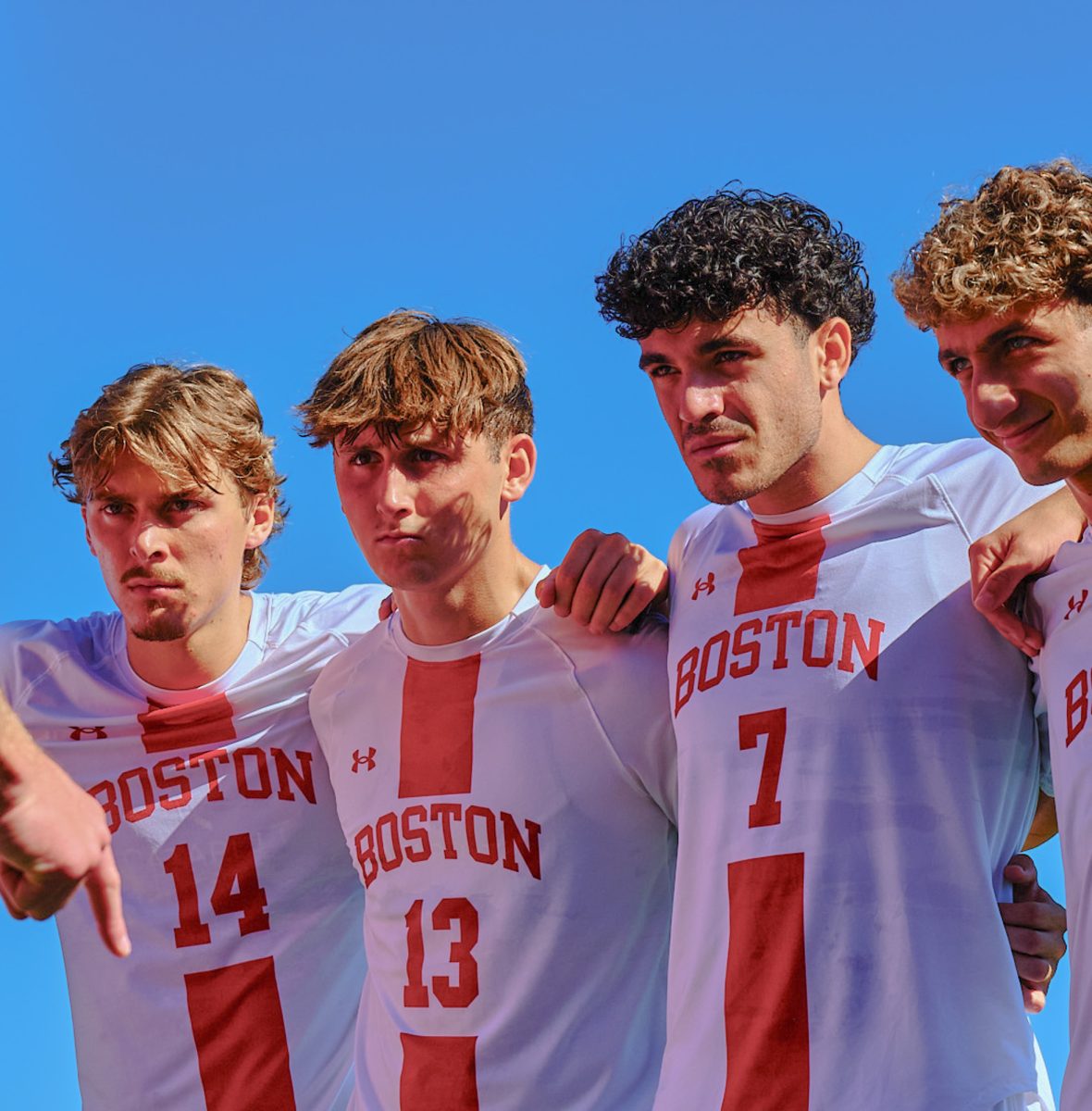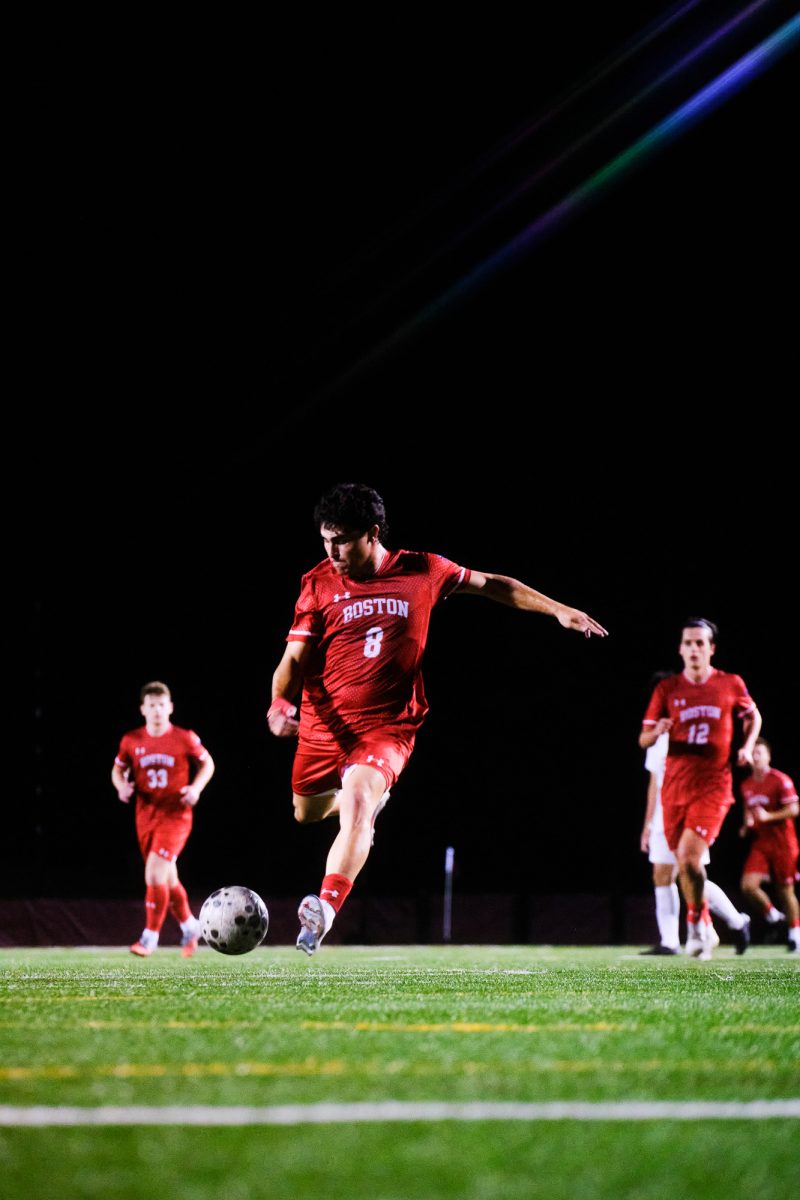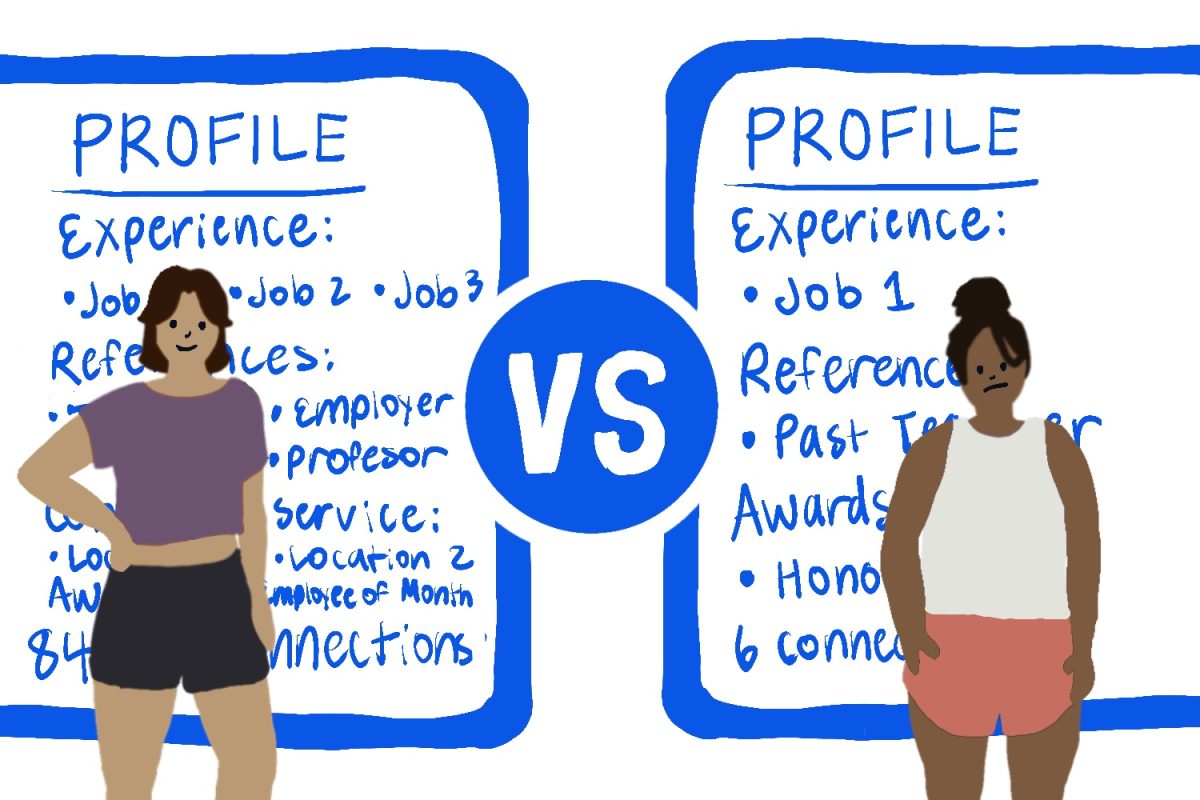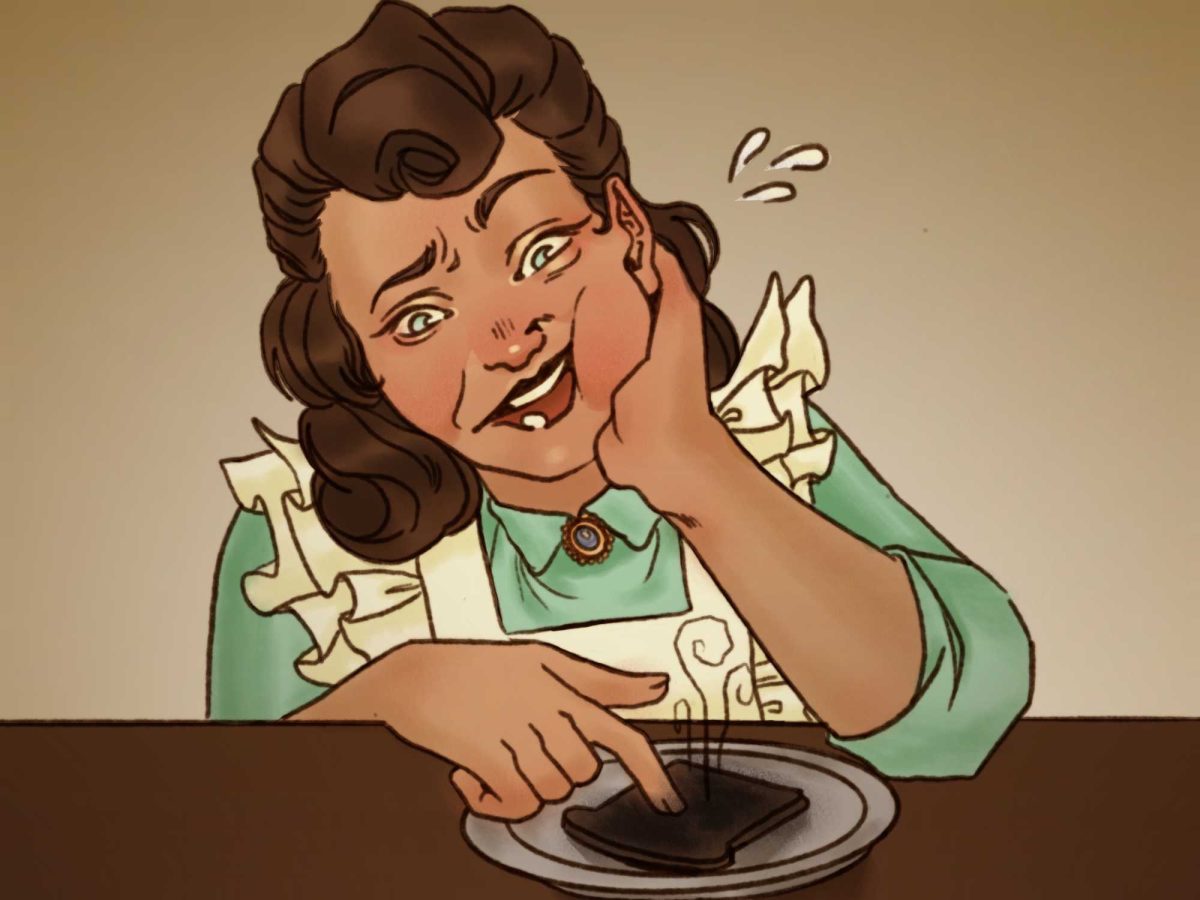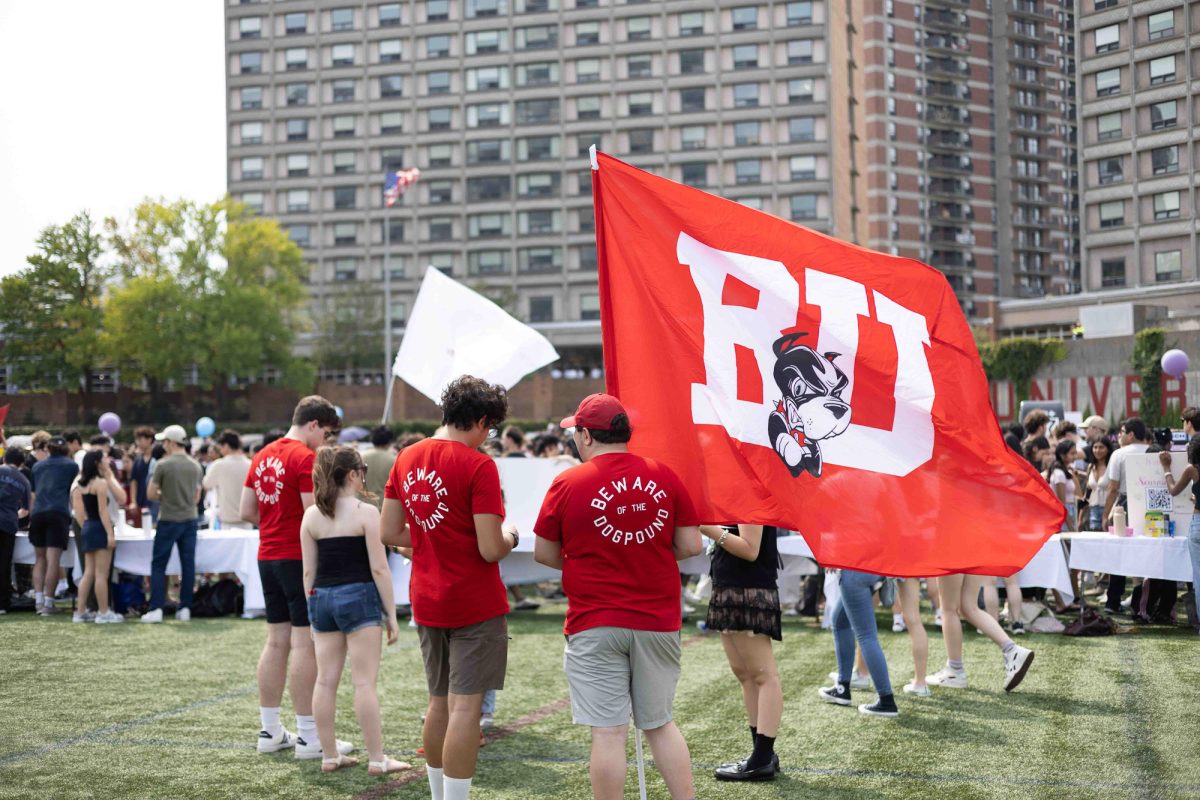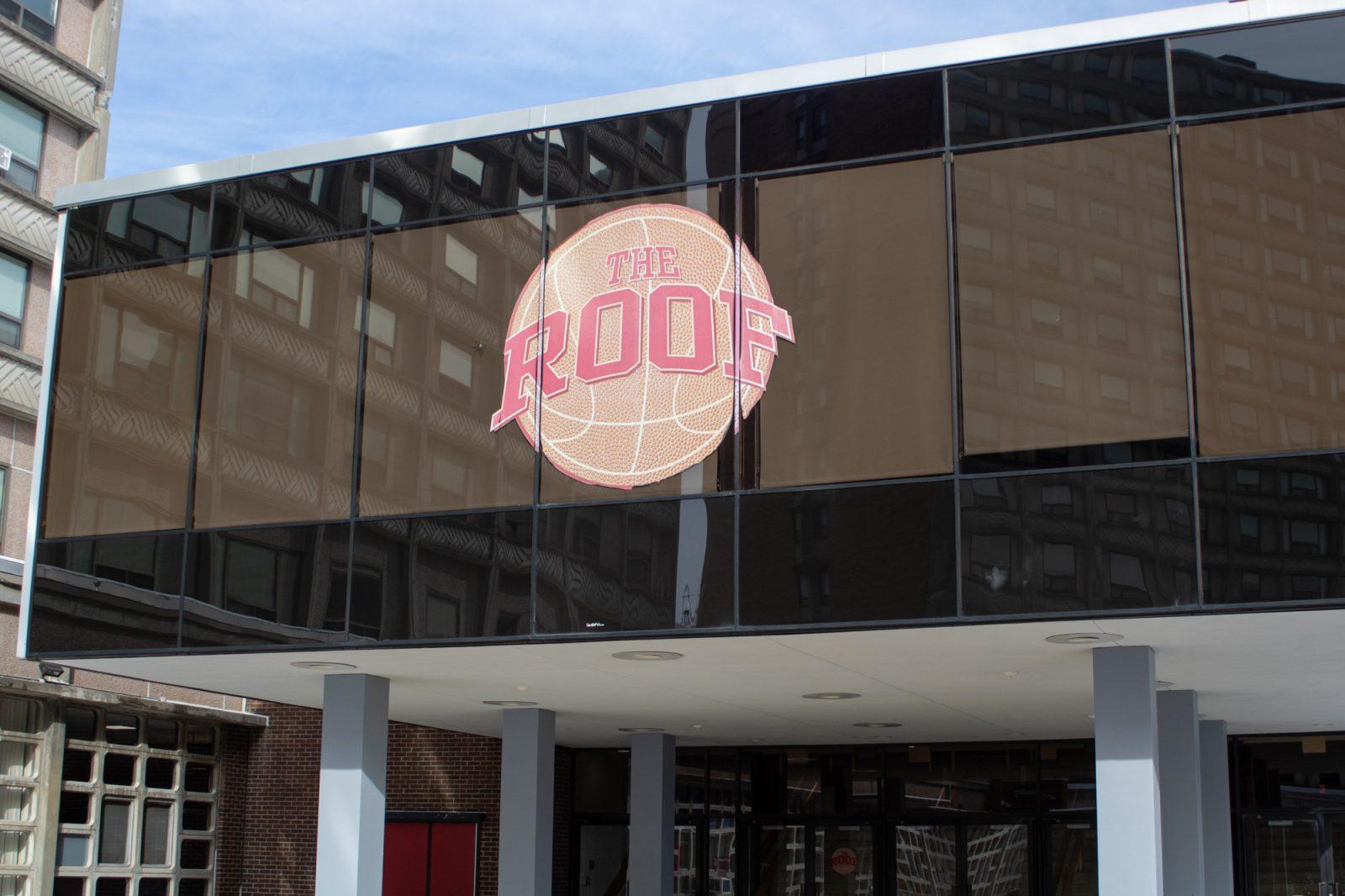Two months before Tuesday’s presidential election, the Boston University Student-Athlete Advisory Committee offered voting resources with a focus on civic engagement.
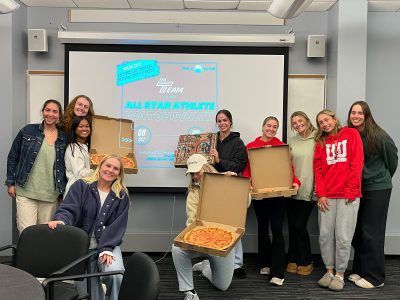
“It’s a difficult position to be in when you are being the voice for all of athletics,” said SAAC Co-President and softball player Sydney Pecoraro. “But I think for this particular election, we’ve come at it in a way that we want everybody to be registered to vote and make the best decision for themselves.”
Comprised of BU student-athletes from other teams like soccer, tennis and field hockey, SAAC encourages players to support each other, engage in community service and use their voices to promote change.
On National Voter Registration Day, Sept. 17, SAAC set up tables at Case Athletics Center. The center serves as a major hub for athletes –– complete with a gymnasium, locker rooms and training rooms. SAAC also tabled from Oct. 8-11, offering easy access to voter information through scannable QR codes.
“Our main goal has definitely been just making sure that everybody has what they need to make an educated decision about who they’re voting for, and making sure they know what their state requires to get their absentee ballot in on time,” Pecoraro said.
Following the election, men’s soccer player Tyler Johnson looks to take his position further, especially as BU SAAC’s co-president and Patriot League SAAC chair.
“It’s really important to be more than an athlete,” Johnson said. “I think that’s something that BU struggles with a little bit, in the sense that you have the student identity, you have the athlete identity. There should be more cohesiveness between the two.”
Johnson said he would like to see BU Athletics hire an intern or gather a team to help promote athletes on social media.
“I just wish … student-athletes were marketed a bit better,” Johnson said. “I don’t know of any student-athletes at Boston University that are getting those type of opportunities, from an NIL space.”
At colleges like the University of Montana, however, student-athletes are being asked to use their public image to support politicians.
19-year-old sprinter Lily Meskers was offered a name, image and likeness deal by a group called Montana Together to support Sen. Jon Tester in his attempt at re-election, according to UM Athletic Director Kent Halsim.
While Meskers did not accept due to Tester’s stance on transgender athletes in sports, two other athletes accepted the NIL deal, which ranged from $400-$2,400, according to Sports Illustrated.
“College athletes are a vulnerable population when it comes to talking about politics,” said Jeffrey Gerson, an associate professor of political science at the University of Massachusetts Lowell. “It’s not really something that many of them feel confident to address, unless they’re part of a larger movement, a larger organization or have support from their coaches and teammates.”
While some college athletes –– and many pro athletes –– have spoken out as individuals, others have moved as an entire unit.
Voting 13-2 in favor of joining SEIU Local 560, the Dartmouth College men’s basketball team became the first college sports team to unionize in March. As of August, Dartmouth has refused to negotiate with the players on a collective bargaining agreement, however.
Another example of athlete unification is Morgan’s Message, a non-profit movement that aims to destigmatize mental health in the student-athlete community. SAAC has worked with Morgan’s Message, Student Athletes of Color and Athlete Ally to offer more opportunities for players to share thoughts with each other.
“Unless you’re actively doing it and you went through it, there’s certain things that you’re just not really going to understand if you weren’t an athlete,” Johnson said. “It’s a constant battle, it’s a mental battle, it’s a physical battle.”
SAAC has also given Johnson and other players the confidence to address issues within BU Athletics and at the college itself.
Pecoraro and Johnson said SAAC has been received well by the administration, but Johnson said he would like to see student-athletes become a united brand –– and for BU to push its athletes as a brand.
In a BU Athletics announcement on Sept. 17, BU partnered with Teamworks Influencer to launch the Scarlet & White Exchange to connect college athletes with businesses for NIL opportunities.
Few athletes have made offers available on their Exchange profiles. Many student-athletes, like Johnson, have not even heard of this resource.
On top of political endorsements, UM has partnered with the Brandr Group to establish a group licensing agreement for the college’s athletes, covering all 15 varsity sports. The student-athletes will be able to profit from their NIL, co-branded with Montana’s official trademarks and logos.
At the end of the day, Johnson said, the University of Montana and Sen. Tester are acknowledging and marketing the platform that student-athletes should have.
“Regardless of who you support, the guy that won the election, the reason people identify with him, it’s because he is the brand himself,” Johnson said. “We don’t have that culture at all from BU Athletics, and that’s something that needs to change.”

